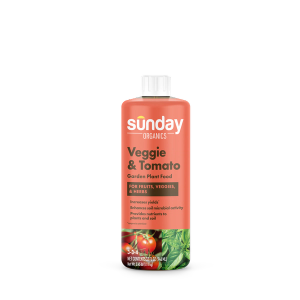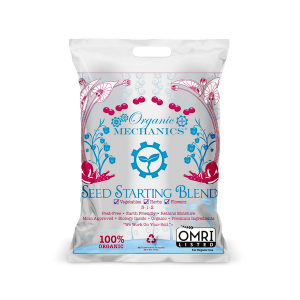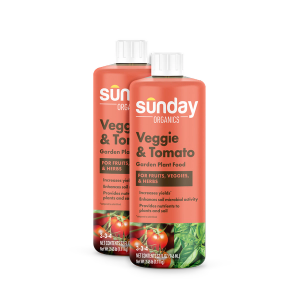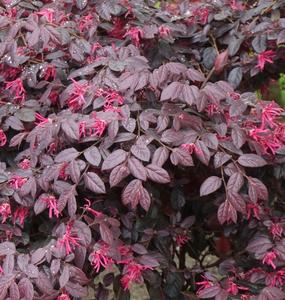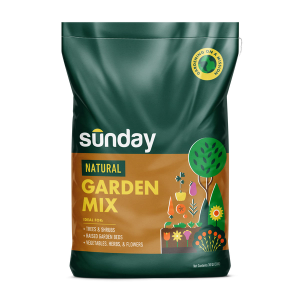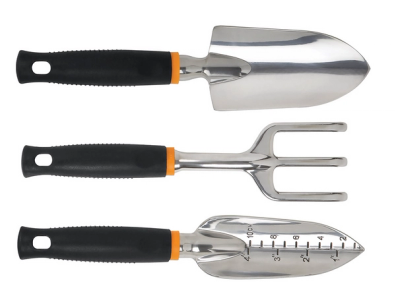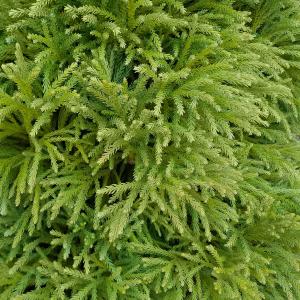We like to think of garden planning as part science, part art. The science part gets the most attention: sun needs, hardiness zone, heck—even what soil pH your plants need. But in terms of where to put your plants in relation to one another? That’s the creative part, and the good news is that there’s not really a wrong way to do it!
(Re)introducing: the color wheel
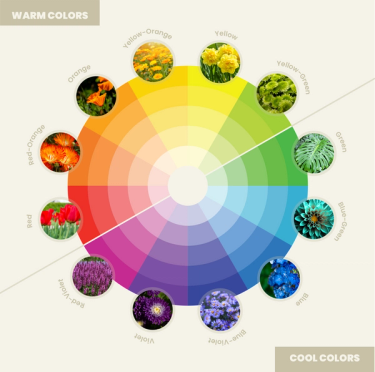
Our favorite hack for choosing color combos involves something you may not have looked at in a decade or four. Ready? It’s a color wheel!
If you remember, the color wheel is organized around primary and secondary colors, as well as warm shades and cool ones. Thinking about color this way makes it easier for you to plan a landscape layout before you even get your hands dirty. Here are four ways to break it down:
- Complementary colors. To find complementary colors, choose one to start with and look directly across the wheel from it. Red complements green, orange complements blue, and purple complements yellow. This scheme is naturally high contrast and great for an adventurous gardener.
Sunday selects: Black-eyed Susans + coral bells - Analogous colors. For a more harmonious look, choose colors adjacent to one another on the wheel. Red, orange, and yellow would make a warm analog, while green, blue, and purple would make a cool one. Or you can get really creative and cross the warm-cool boundary with a combo like purple, red, and orange!
Sunday selects: Lavender + red roses + orange lilies - Triadic colors. With this technique, you choose three evenly spaced colors on the wheel. This naturally lends itself to primary and secondary pairings, which look effortlessly vibrant and interesting.
Sunday selects: Butterfly bush + coral bells + green coneflower - Monochromatic colors—an oldie but goodie! Don’t overlook this stunningly simple choice. Just choose your favorite color and play around with different hues within it. You can also achieve this by showcasing the same bloom color but mixing up foliage size and shape.
Sunday selects: salvia + catmint + dark purple lavender
Shop plants by color
Ready to start designing your garden? Here are some of our top plant picks, organized by color, so you can easily create your dream landscape:
Red
Tulips
These classic spring-blooming bulbs appear from fire-engine red to deep burgundy. They’re easy to plant and even easier to care for. Plus, they’re kid-friendly since the large bulbs are easy for tiny hands to handle.
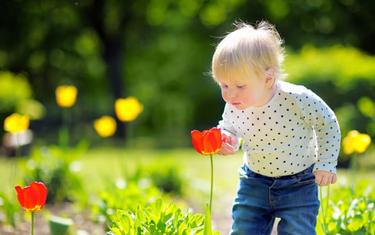
Zinnias
These summer- and fall-blooming annuals will need to be replanted year to year, but in between, they’re quite easy to take care of. You’ll also have plenty to choose from regarding appearance, as they can look sweet and daisy-like or hot like a firecracker. Bonus? Pollinators love ’em.
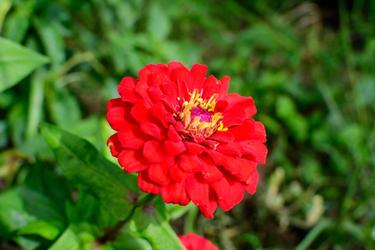
Roses
These don’t need much introduction since they’re about as timeless—and famously scented—as they come. Choose from shrub forms or vining types that can be trained up a trellis, arbor, or archway. Keep in mind that roses are a bit more care-intensive, but to most people, it’s totally worth it.
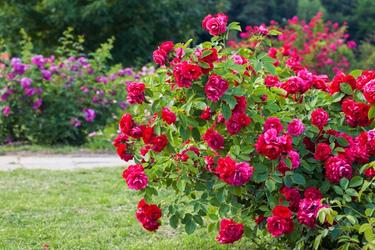
Orange
Marigolds
A classic addition to any garden, marigolds are an annual plant that can be refreshed and replanted yearly. In addition to rewarding you with their deep golden orange hue, they’ll reward bees and butterflies with a long season of forage.
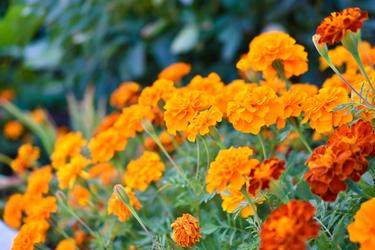
Heucheras
These are primarily grown for their stunning caramel foliage, but their flowers provide vital forage for bees and butterflies. Bonus? They’re well-suited for shady areas where other plants struggle to thrive.
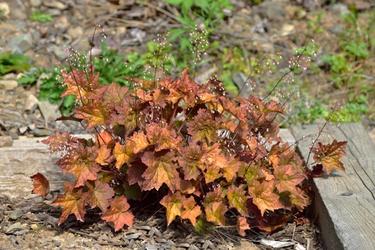
Yellow
Sunflowers
Sunflowers grow anywhere from 2 to 10 feet tall, depending on the type. They are an instant head turner. Bees flock to the flowers, and even after the petals drop, you can leave the flower heads up for birds to feed on the seeds.
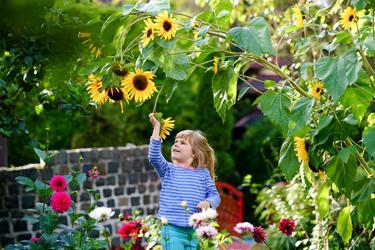
Black-Eyed Susans
These beauties go hand-in-hand with daisies in terms of their sweet silhouette—but they stand out for their cheerful golden hue and their popularity with pollinators.
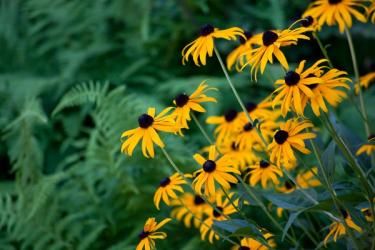
Blue + Purple
Purple Coneflowers
In addition to being reliable rebloomers, these native perennials are a favorite of bees and butterflies. The center cone adds a unique texture to the daisy-like shape and, if left up after flowering, also provides seeds for birds.
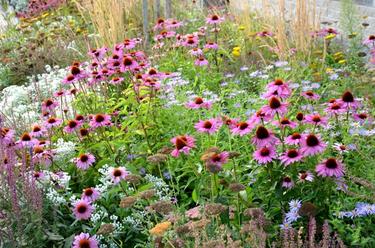
Lavender
Dusty green foliage, deep purple flowers, and a sought-after scent—shall we go on about how much we love lavender? Oh yeah, it’s great for pollinators, and you can add it to teas and cocktails! Give this perennial plenty of sun, and it will delight you year after year.
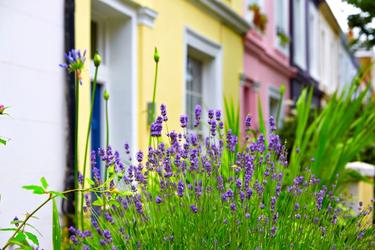
Nikko Blue Hydrangeas
Like all mophead hydrangeas, Nikko Blue Hydrangeas turn heads in your garden with huge, heavy flowers that bloom all summer. Because they grow rather quickly up to 6 feet tall, you can even use them as a lovely privacy hedge.
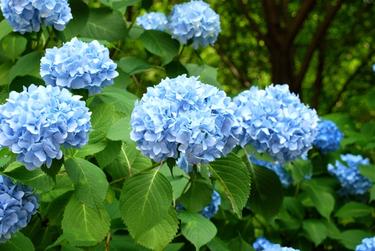
Pink
Cosmos
These delicate-looking, bowl-shaped flowers are a big hit with pollinators. You can find them in just about every shade of pink, and they have a relatively long bloom time from spring all the way through fall.
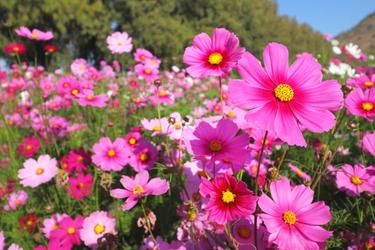
Azaleas
If you’ve ever seen the Masters golf tournament, then you’ve seen the famous azaleas that drop jaws every spring with masses of candy-colored blooms. These reliable shrubs are great for shade gardens and acidic soil—conditions that can be challenging to even the most seasoned gardeners.
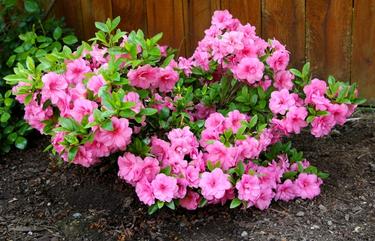
Redbud Trees
Fun fact: Redbuds are actually a member of the legume family, like beans! But while they’re not meant for human consumption, they do provide forage for butterflies, bees, and hummingbirds, as well as seeds for squirrels and songbirds. In the spring, you'll get hot pink flowers and deep purple leaves in the fall.
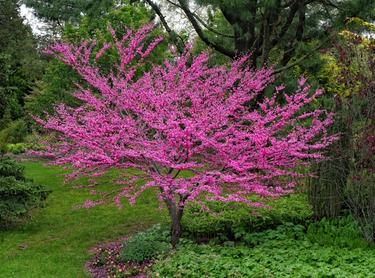
White + Green
Hostas
We love beautiful blooms as much as the next person, but this emerald green hosta is one plant that we grow primarily for the foliage. It’s a staple of shade gardens everywhere, with large, textured leaves that brighten up dark spaces.
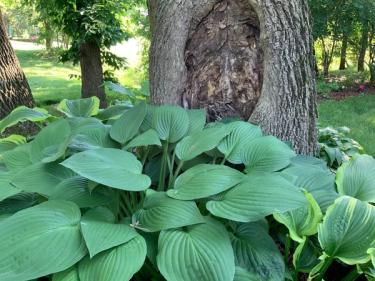
Ornamental grasses
Perennial ornamental grasses can add a welcome textural contrast in a garden full of big blooms. We love the whimsical wisps of muhly grass and the feathery white flowers practically floating above everything else.
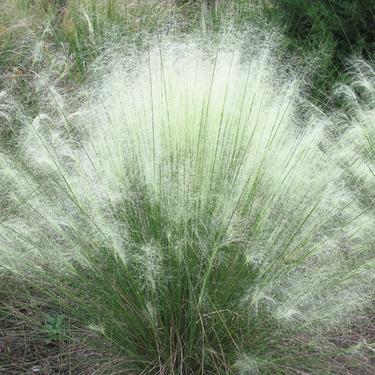
Green Jewel Coneflowers
Like other coneflowers (aka, echinacea), these daisy-like perennials return reliably every year and are bonafide pollinator magnets. But this particular variety wows with its rare jade petals!
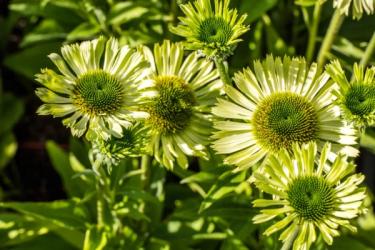
Go your own way
Ready to have some fun with colors? Feel free to stick to the techniques above or make it your own! It’s your garden, after all. Not sure which color scheme is your favorite? We actually have a bonus technique for you—and it’s the easiest one. Pick a garden plot, throw down a packet of wildflower seeds, and let nature do all the work!







